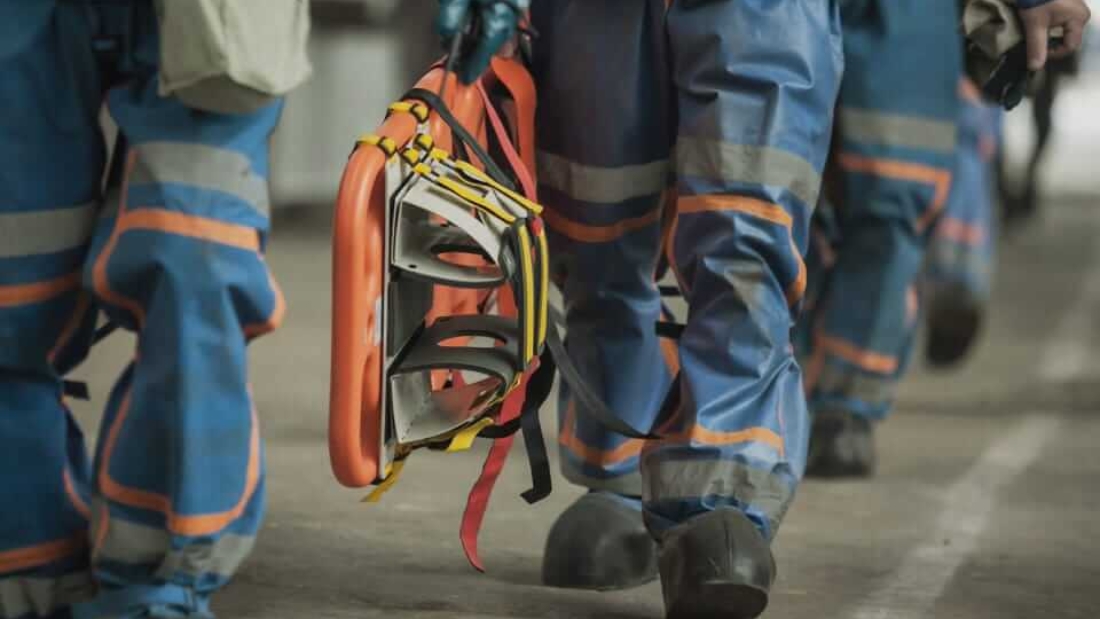Table of contents
The Purpose of ISO 22320
ISO 22320 was created to standardize incident management across organizations and regions, promoting coordinated responses to emergencies. The purpose of this standard is to establish a framework that enables organizations to manage crises efficiently by ensuring effective communication, command, and control mechanisms. The goal is to empower emergency responders with a common language, operational structure, and best practices that minimize chaos and maximize effectiveness in high-pressure situations.
Background of ISO 22320
ISO 22320 was developed in response to growing global incidents, from natural disasters to human-made crises. Initially released in 2011, the standard has since been refined to reflect lessons learned from past emergencies. Recognizing the diversity of incident management needs across industries—whether healthcare, law enforcement, or corporate sectors—the International Organization for Standardization (ISO) crafted This standard to be flexible, allowing adaptation to various contexts while promoting universal principles of effective incident management.
Key Components of standard
ISO 22320 is built upon three foundational pillars:
- Situational Awareness: Accurate information collection, processing, and dissemination are critical to understanding the incident environment.
- Operational Command and Control: A clear command structure is necessary to coordinate efforts, define roles, and make timely decisions.
- Crisis Communications: Consistent internal and external communications help prevent misinformation and manage public relations.
Together, these components form a cohesive incident management framework that reduces confusion and aligns all stakeholders toward a unified response.
Situational Awareness in ISO 22320
Situational awareness is the cornerstone of effective crisis management. Within the framework of This standard, situational awareness involves gathering real-time data to create a comprehensive picture of the incident. This includes identifying risks, assessing vulnerabilities, and predicting possible incident trajectories. Techniques like geographic information systems (GIS), drones, and predictive analytics are commonly used to maintain situational awareness, allowing teams to make informed decisions even as the crisis evolves.
Command and Control under This standard
Establishing clear command and control is essential for any emergency response. ISO 22320 outlines guidelines for developing a command hierarchy that ensures effective decision-making and resource allocation. Each team member should understand their role, and information should flow seamlessly up and down the chain of command. This structure not only speeds up response times but also improves accountability, as every action taken can be traced to a specific command level, minimizing miscommunication and redundancy.
Crisis Communication in ISO 22320
Effective communication is vital during a crisis, both within the incident management team and with the public. This standard emphasizes a dual approach: internal communication to keep all response members informed and aligned, and external communication to address public concerns, manage media inquiries, and dispel misinformation. By maintaining transparency and providing timely updates, organizations can maintain public trust and keep the focus on managing the incident rather than dealing with rumors or panic.
Benefits of Implementing ISO 22320
agencies. Key advantages include:
- Improved Coordination: ISO 22320 promotes cohesive operations across different agencies, enhancing the effectiveness of joint responses.
- Enhanced Transparency: By following standardized protocols, organizations ensure accountability, which is vital for post-incident evaluations.
- Strengthened Preparedness: The planning and training that go into ISO 22320 compliance help organizations prepare for unforeseen events, ultimately bolstering their resilience.
These benefits lead to a more organized, efficient, and adaptable emergency response, which can significantly reduce the impact of a crisis on people, property, and operations.
ISO 22320 Compliance Requirements
To align with ISO 22320, organizations must meet specific documentation and operational criteria. This includes maintaining incident records, adhering to communication protocols, and conducting regular audits to assess compliance. Documentation is a fundamental part of compliance, as it ensures all actions taken during an incident are recorded for accountability and evaluation purposes. Regular training and audits are also crucial, as they help organizations identify potential gaps in their incident management practices and improve them.
ISO 22320 in Different Sectors
ISO 22320 applies to various sectors where coordinated incident management is essential. Some of the key sectors include:
- Public Safety and Law Enforcement: Incident management protocols are critical for police, fire, and other emergency services to protect communities.
- Healthcare: Hospitals and healthcare organizations benefit from standardized response frameworks, especially during health crises like pandemics.
- Business Continuity Management: For corporations, ISO 22320 offers a structure for managing incidents that threaten business operations, ensuring a quicker return to normalcy.
Conclusion
ISO 22320 has proven essential in unifying incident management practices and enhancing emergency response effectiveness. By offering a structured, standardized approach, it empowers organizations to respond confidently and efficiently to various crises, protecting lives, property, and continuity.

